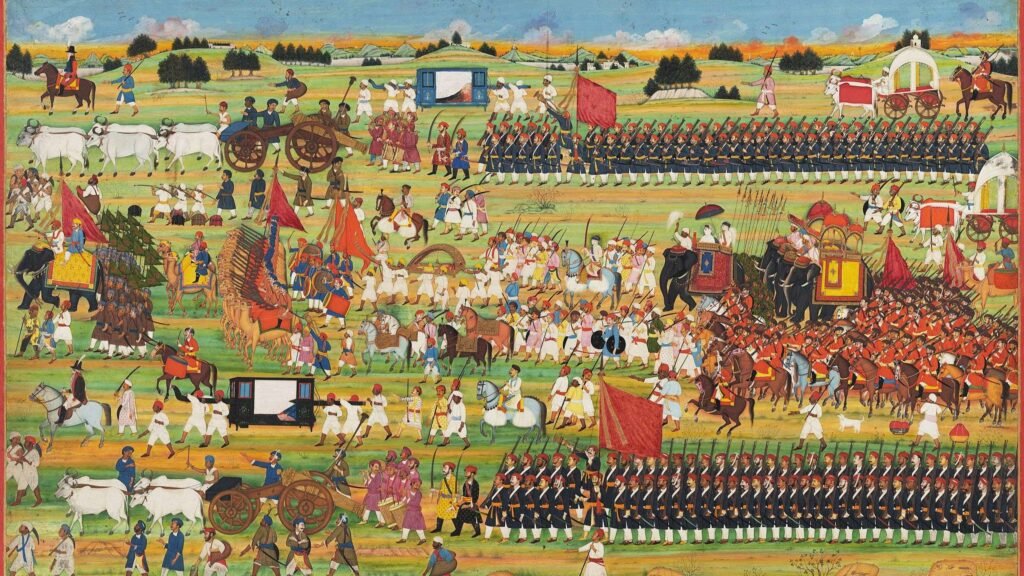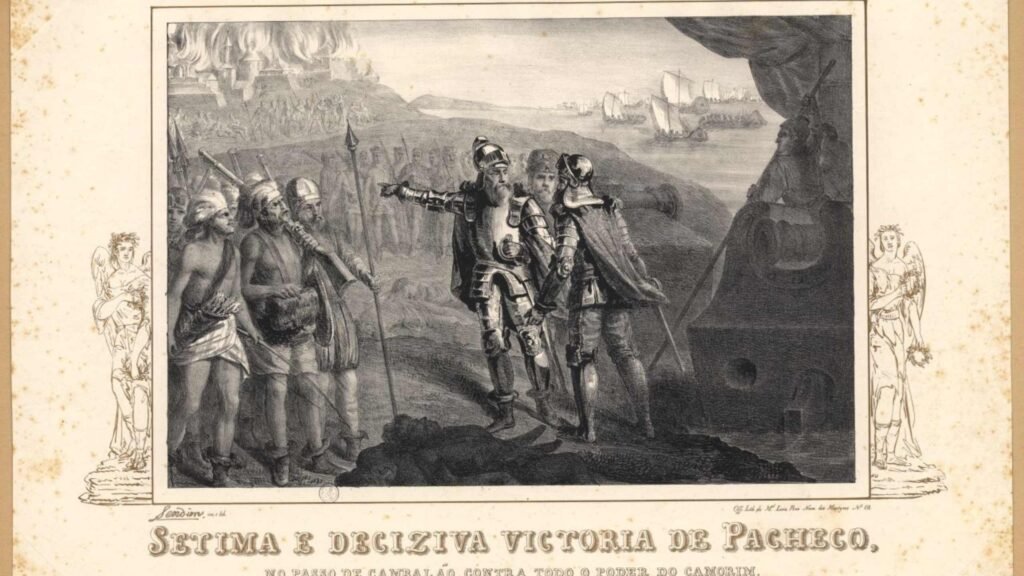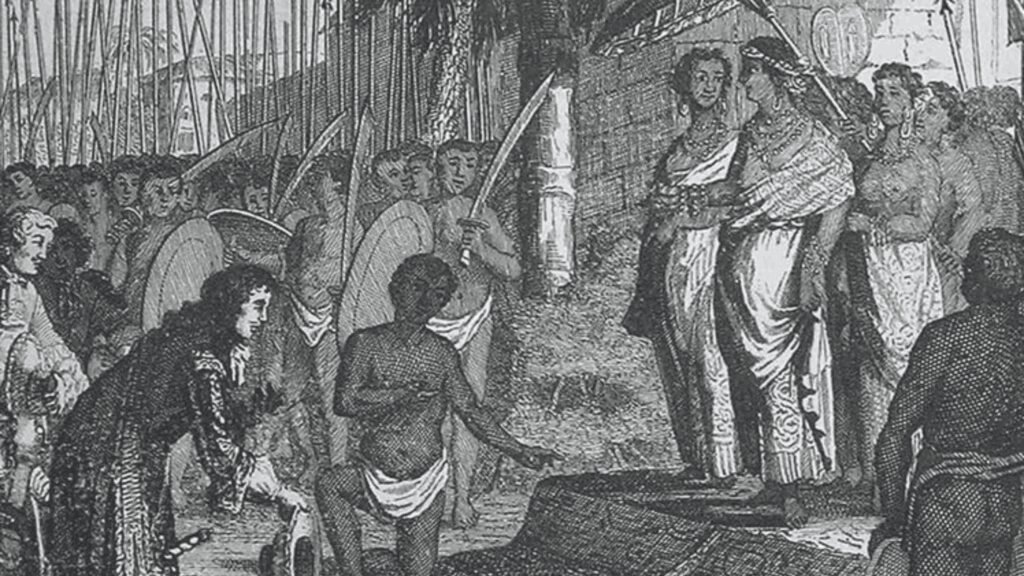When did Christianity reach India? And did you ever wonder who brought it here first? The answers may surprise you. It is commonly believed that Christianity came to India with St Thomas as early as 52 CE. He is said to have landed in Kerala and the religion took root there. He then walked across to Mylapore in present day Chennai, spoke of a new God in a new land, and left his footprints on the sands of time.
There are many fascinating stories behind how the religion grew, spread, and evolved into the many different denominations you see spread across India today. This short video takes you to the tomb of St Thomas, at Santhome Basilica in Chennai. And it takes you through the story of the arrival Christianity in India. Did you know that the Thomas Christians of Kerala are considered one among the oldest followers of Christianity in the world? Here’s the story of the beginnings of Christianity in India.







